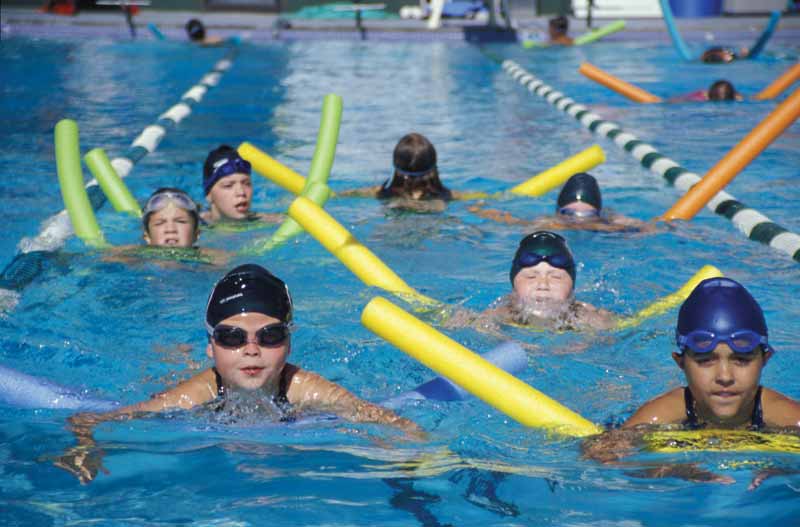By Terry Arko
Earn 25 credits towards the Pool & Hot Tub Council of Canada’s ( PHTCC’s) Industry Trade Certification Program by completing the quiz.

In 1774, a chemist named Carl W. Scheele conducted an experiment in his pharmacy laboratory in Sweden that led to the discovery of chlorine. Scheele treated a sample of manganese dioxide with hydrochloric acid that resulted in the formation of a yellow pungent gas. After Scheele picked himself up from the floor, he realized he was onto something.
Thirty-five years later, the famed English chemist Sir Humphrey Davy established this gas as a new element. Davy named the gas after the Greek word “khloros” meaning green. Chlorine appears as number 17 on the periodic table of elements. When combined with the metal sodium it produces common salt (sodium chloride). Chlorine is classified as a halogen (salt former).
Passing electricity through a solution of sodium chloride creates a gas of hypochlorous acid HOCl. The process leaves behind a liquid byproduct of hydrochloric acid, also known as muriatic acid. When exposed to air, chlorine becomes a yellow gas that is two-and-a-half times heavier than air. Chlorine gas in air has a very pungent odour and is irritating to mucous membranes.
One of the first uses of chlorine gas industrially was in 1915 as a weapon in World War I. Because of its density, the gas quickly sank down into the trenches. The result would be severe choking and blindness and in some cases death.
A beneficial use for chlorine came about earlier in London. In the 1800s there were more than 25,000 deaths in less than a decade, due to cholera from raw sewage in the River Thames. In 1855, London became the first city in the world to treat sewage with the disinfectant chlorine. It reduced the cases of cholera to nearly zero. The first use of chlorine in North America, as a disinfectant for drinking water was more than 110 years ago. In 1908, most experts considered the addition of chloride of lime for treating 151,416,471 L (40,000,000 gal) of drinking water to be preposterous, dangerous, and illegal. Despite the objections, the first use of chlorine to disinfect a city drinking water supply took place in Jersey City, New Jersey. It was Dr. John L. Leal who came up with the simple idea of disinfecting a public water system with chlorine. He was a pioneer in public health that led to more lives saved than any other single health development in human history.
The use of chlorine for drinking water in the United States, for example, reduced the annual number of cholera cases from 25,000 in 1900 to 20 in 1960.
Chlorine became popular for pool use in the 1920s. A form of calcium hypochlorite containing 70 per cent available chlorine, and known as high-test hypochlorite (HTH), became available in 1923. This form of chlorine became very popular as a bleaching agent, as well as a sanitizer for pool water, and production increased rapidly.
In 2000, Life magazine called the use of chlorine as a disinfectant in water one of the most important inventions of the last 1000 years.






